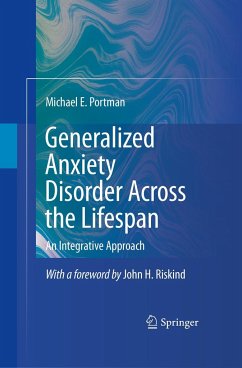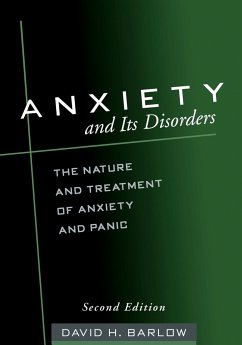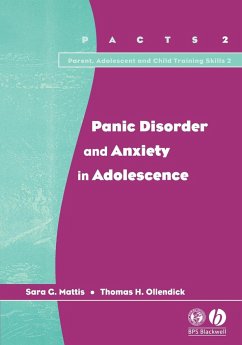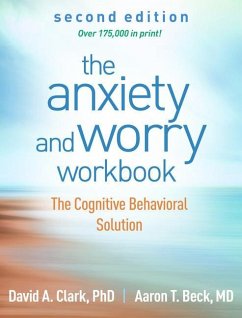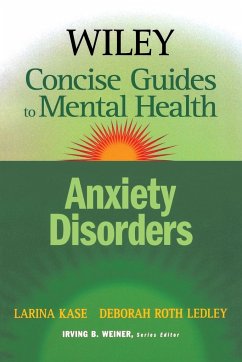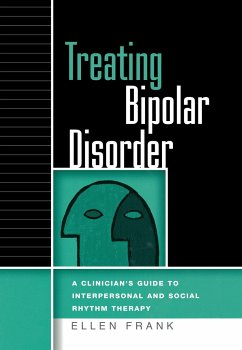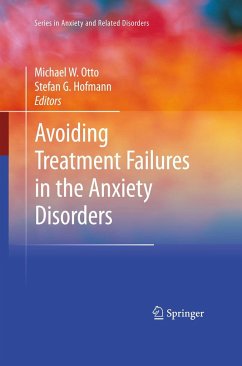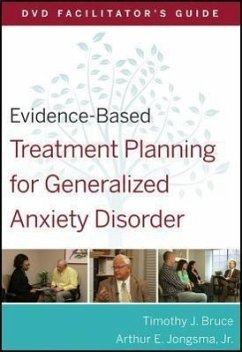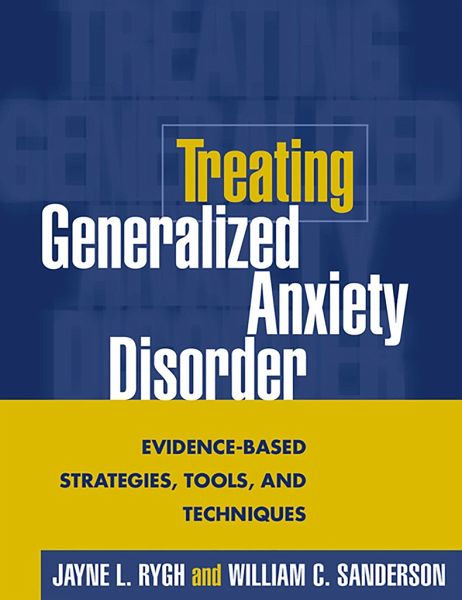
Treating Generalized Anxiety Disorder
Evidence-Based Strategies, Tools, and Techniques
Versandkostenfrei!
Versandfertig in über 4 Wochen
39,99 €
inkl. MwSt.

PAYBACK Punkte
20 °P sammeln!
This highly practical manual provides evidence-based tools and techniques for assessing and treating clients with generalized anxiety disorder (GAD). Proven cognitive-behavioral interventions are described in rich, step-by-step detail, together with illustrative case examples. With an emphasis on both accountability and flexibility, the clinician is guided to select from available options, weave them into individualized treatment plans, and troubleshoot problems that may arise. For those clients who do not respond well to CBT alone, the book also offers a chapter on cutting-edge supplementary ...
This highly practical manual provides evidence-based tools and techniques for assessing and treating clients with generalized anxiety disorder (GAD). Proven cognitive-behavioral interventions are described in rich, step-by-step detail, together with illustrative case examples. With an emphasis on both accountability and flexibility, the clinician is guided to select from available options, weave them into individualized treatment plans, and troubleshoot problems that may arise. For those clients who do not respond well to CBT alone, the book also offers a chapter on cutting-edge supplementary interventions that have shown promise in preliminary clinical trials. Special features include a wealth of reproducible materials-over 25 client handouts and forms, assessment tools, and more-presented in a convenient large-size format.



